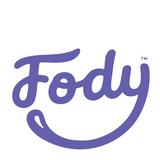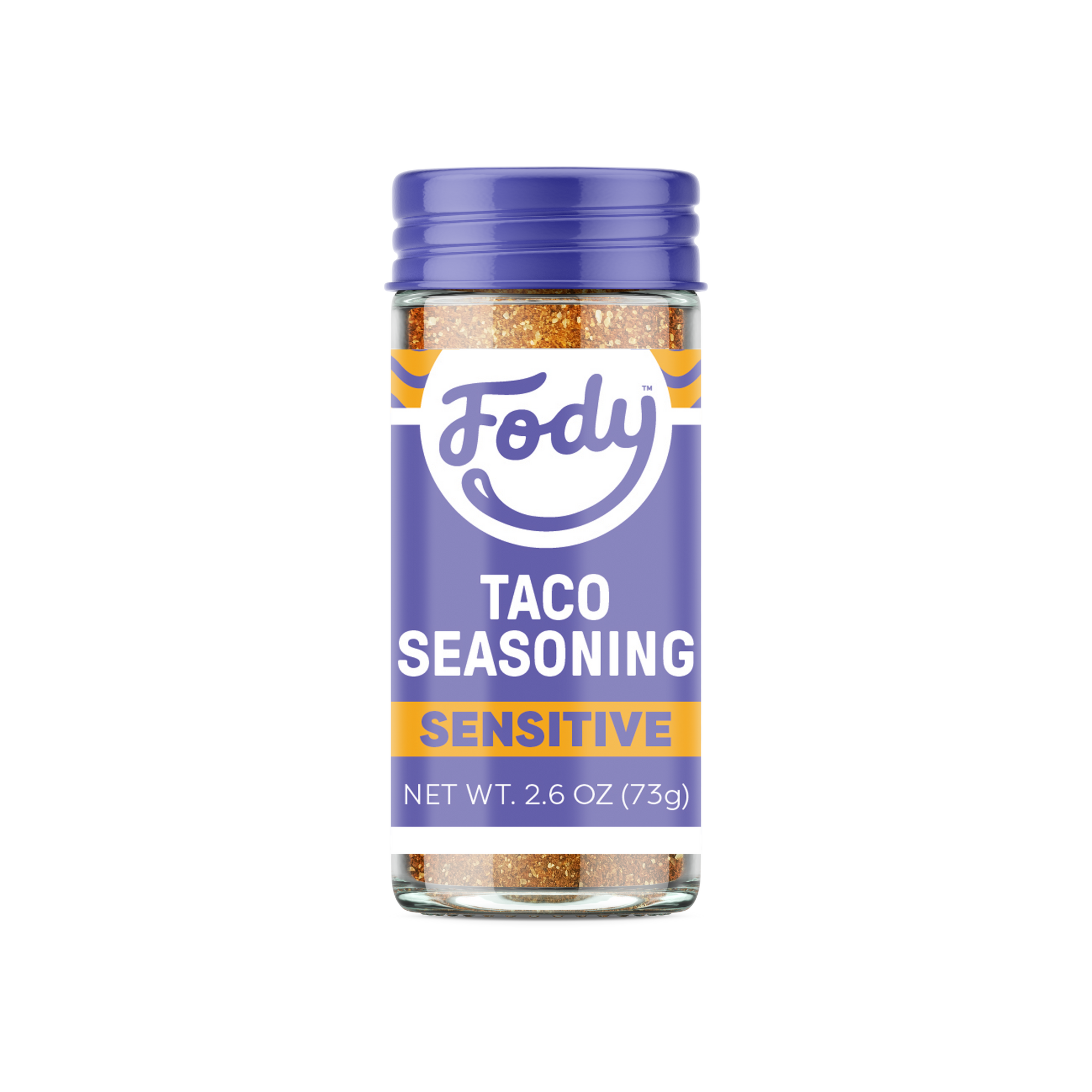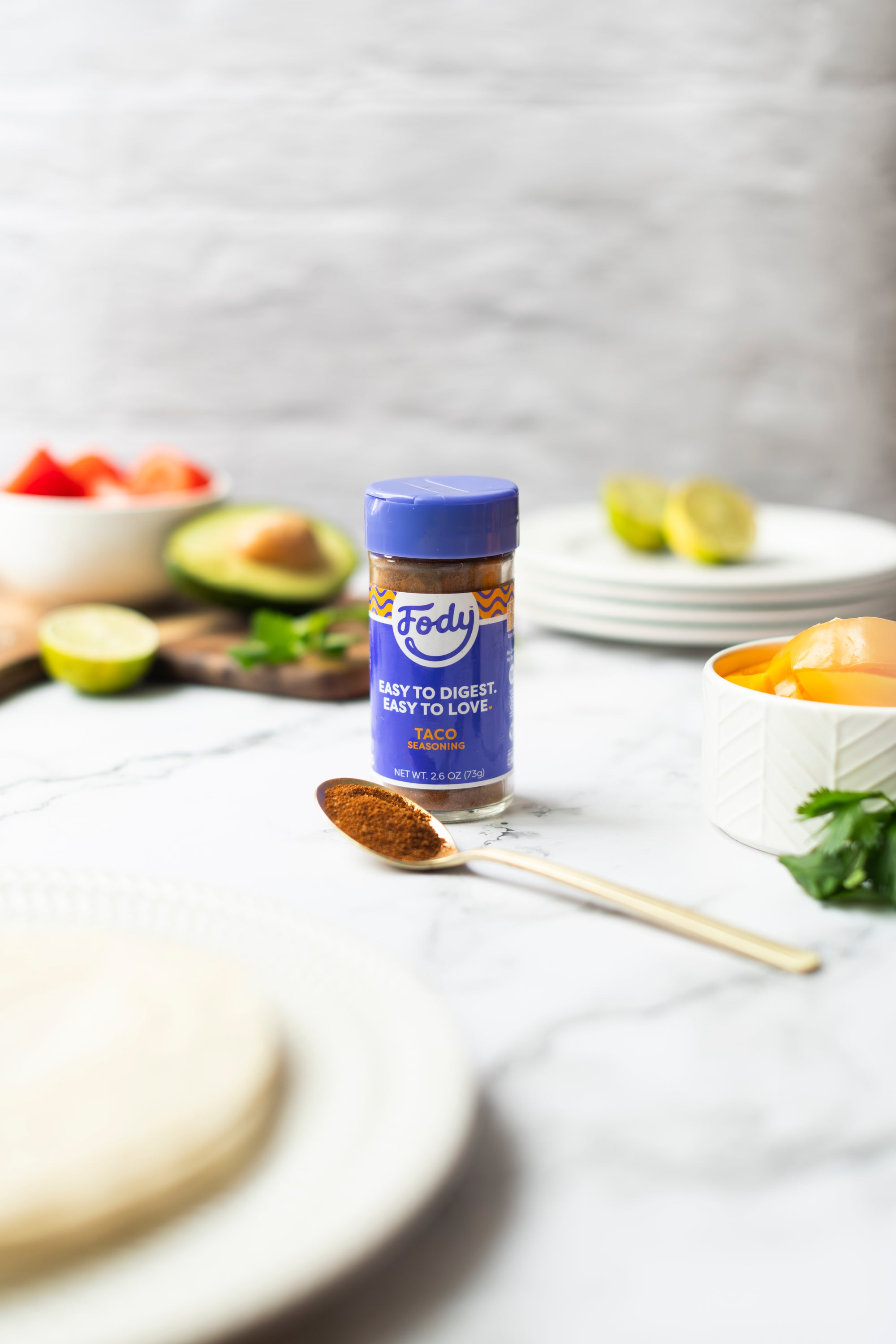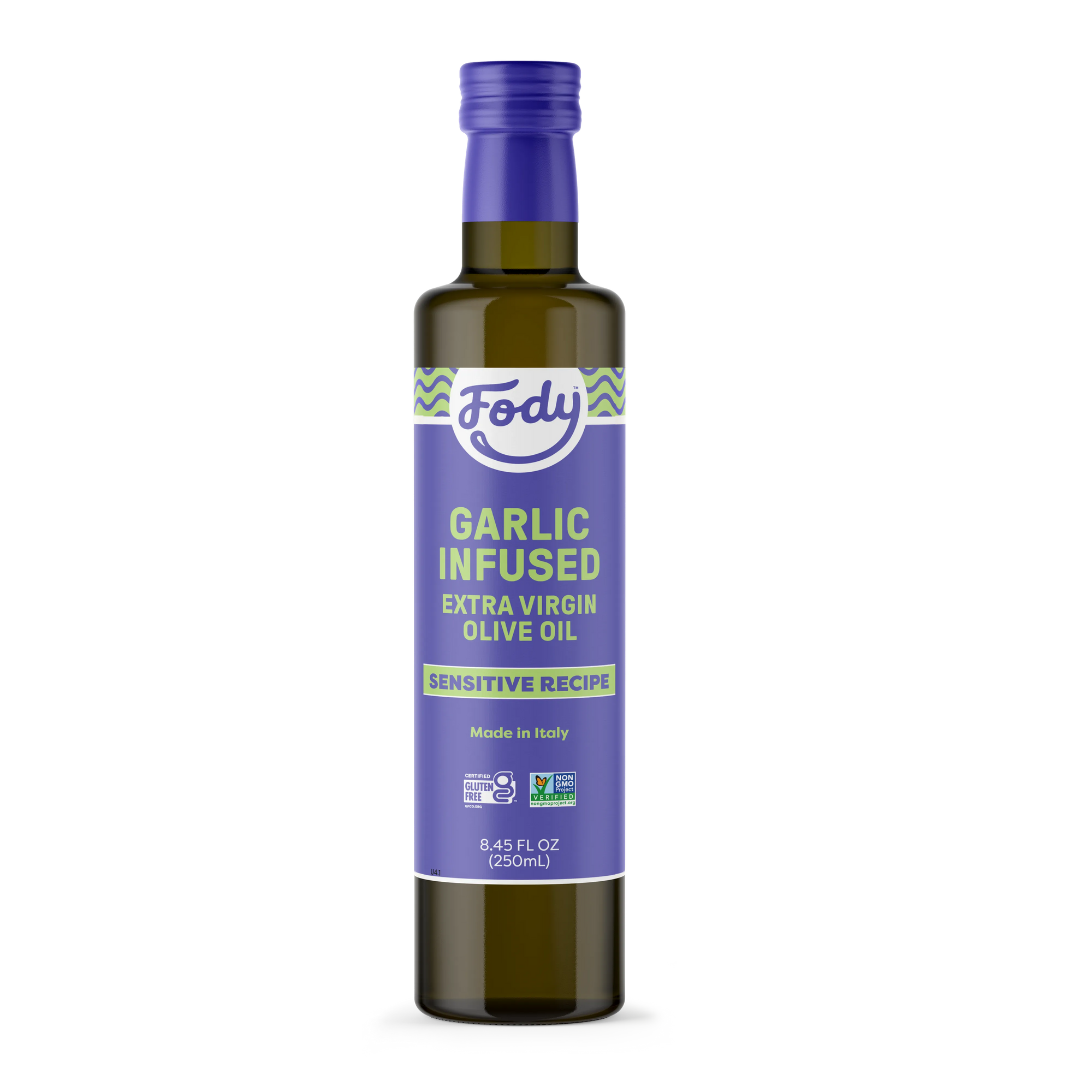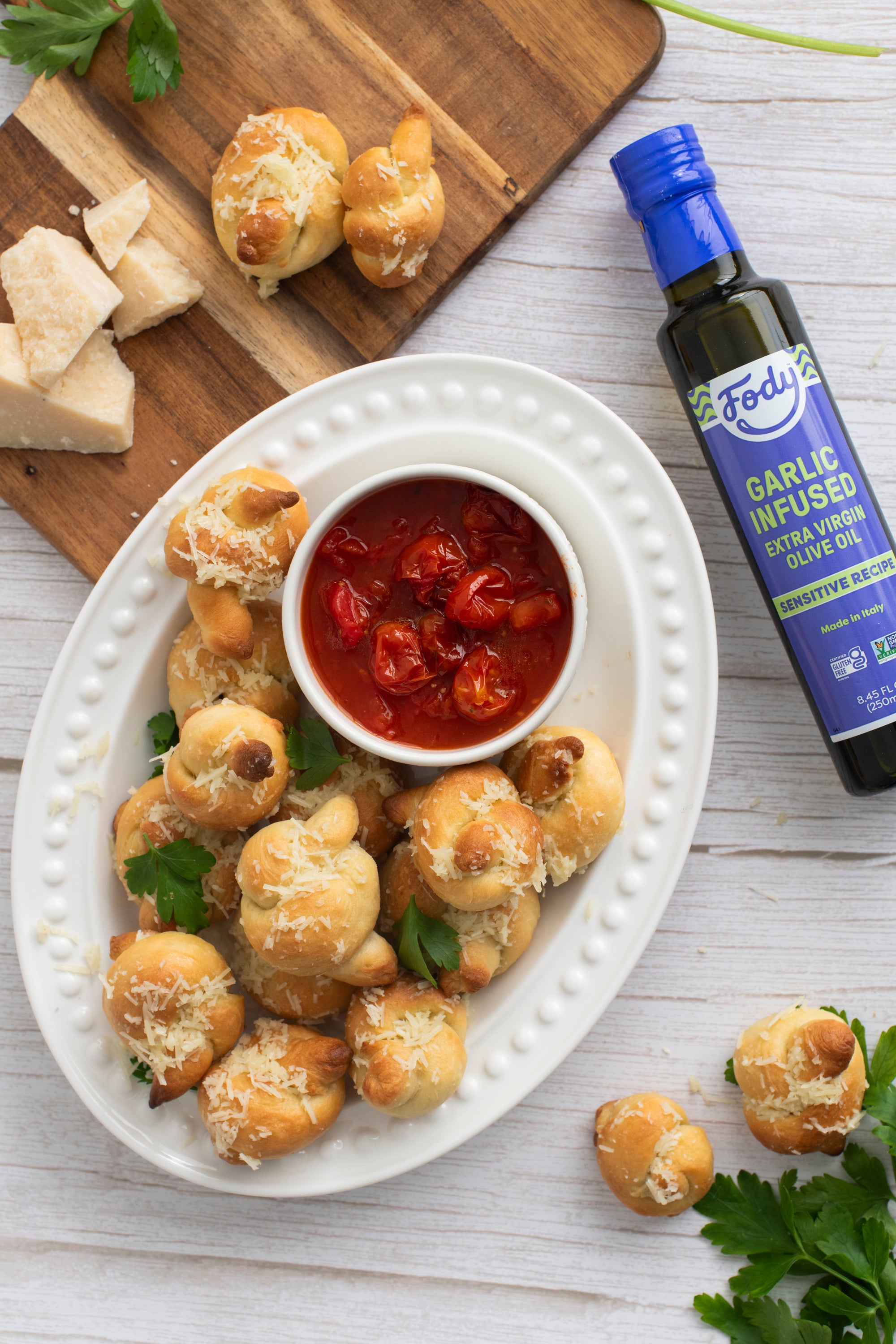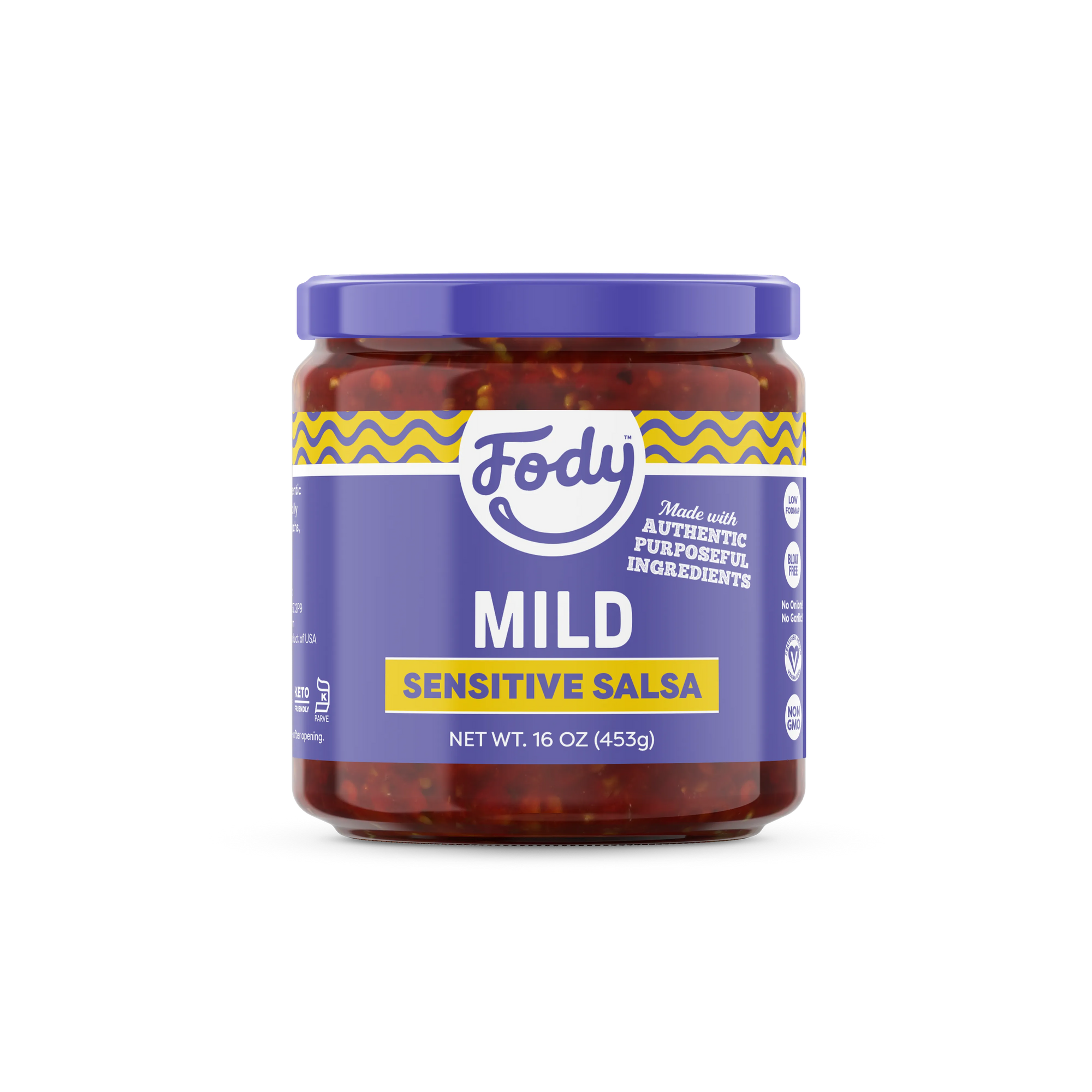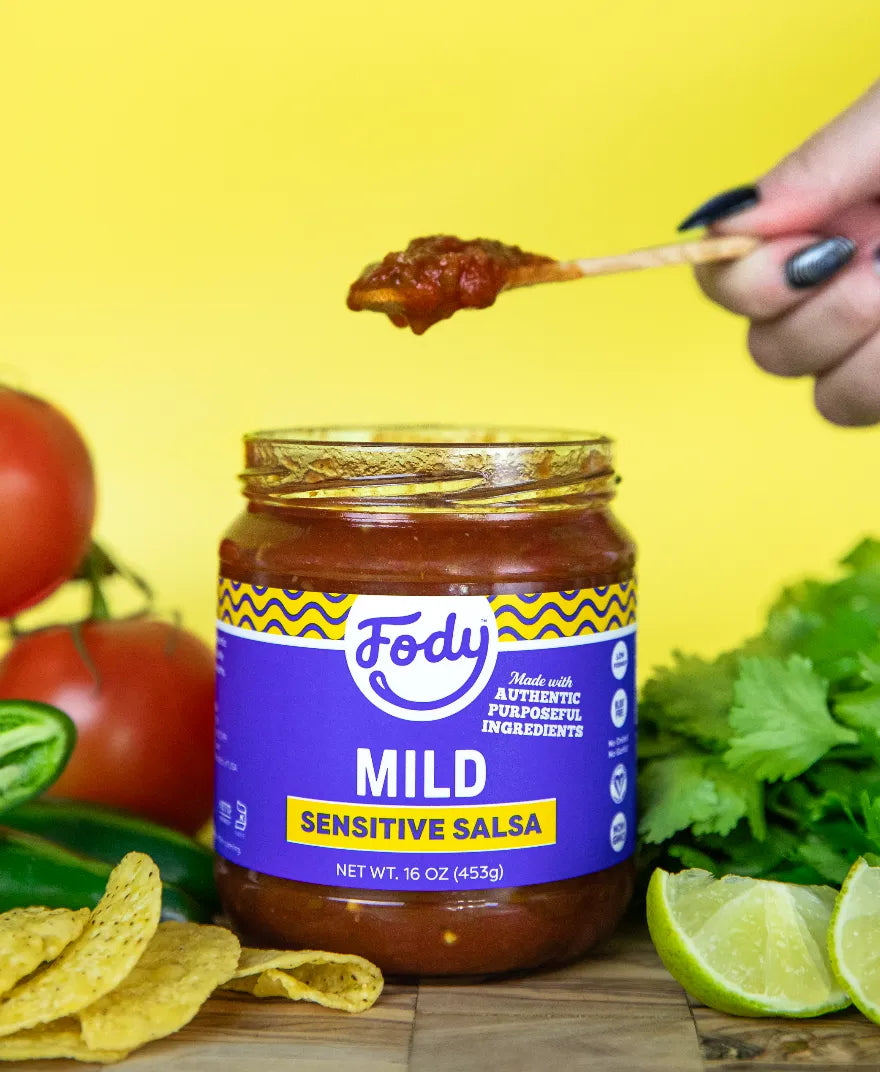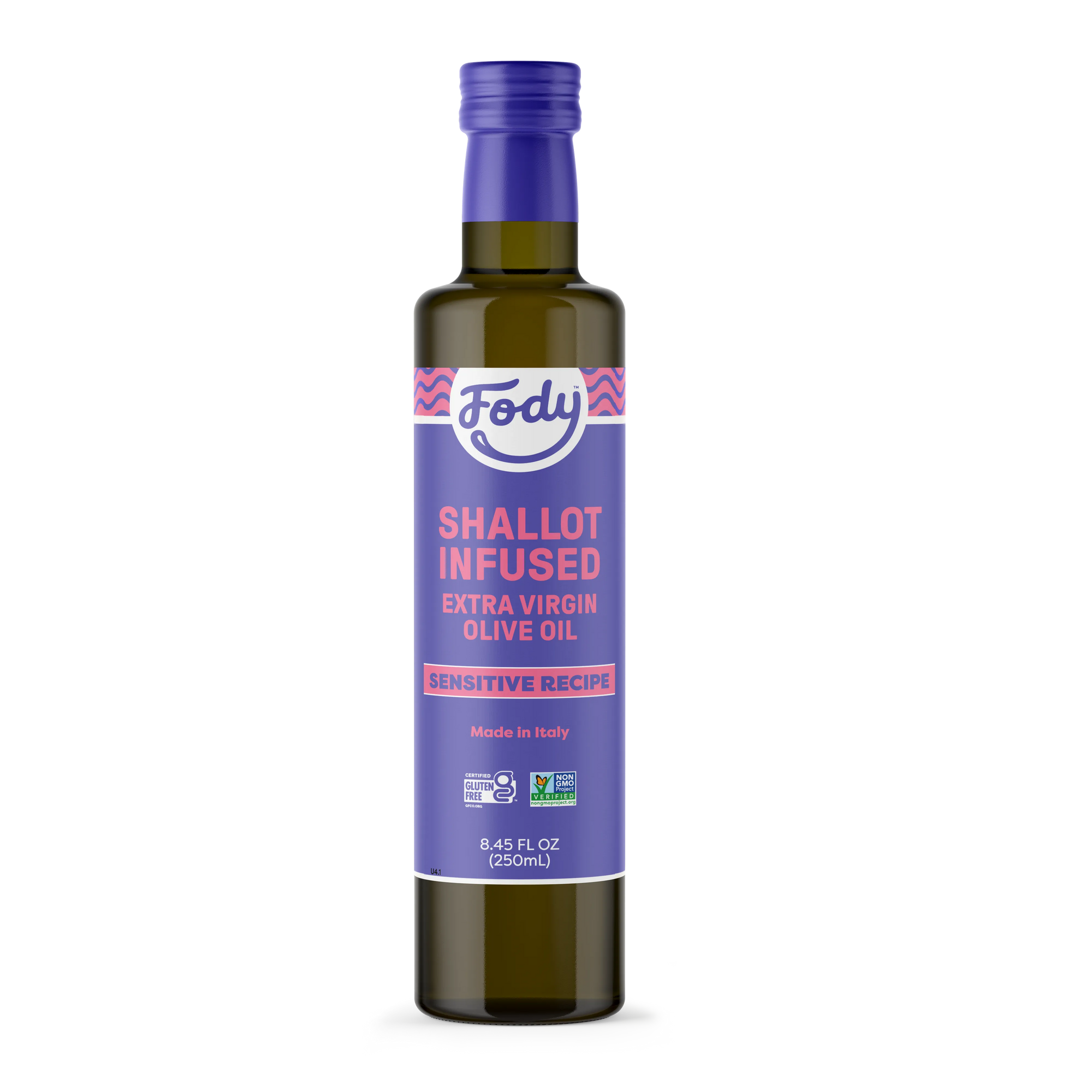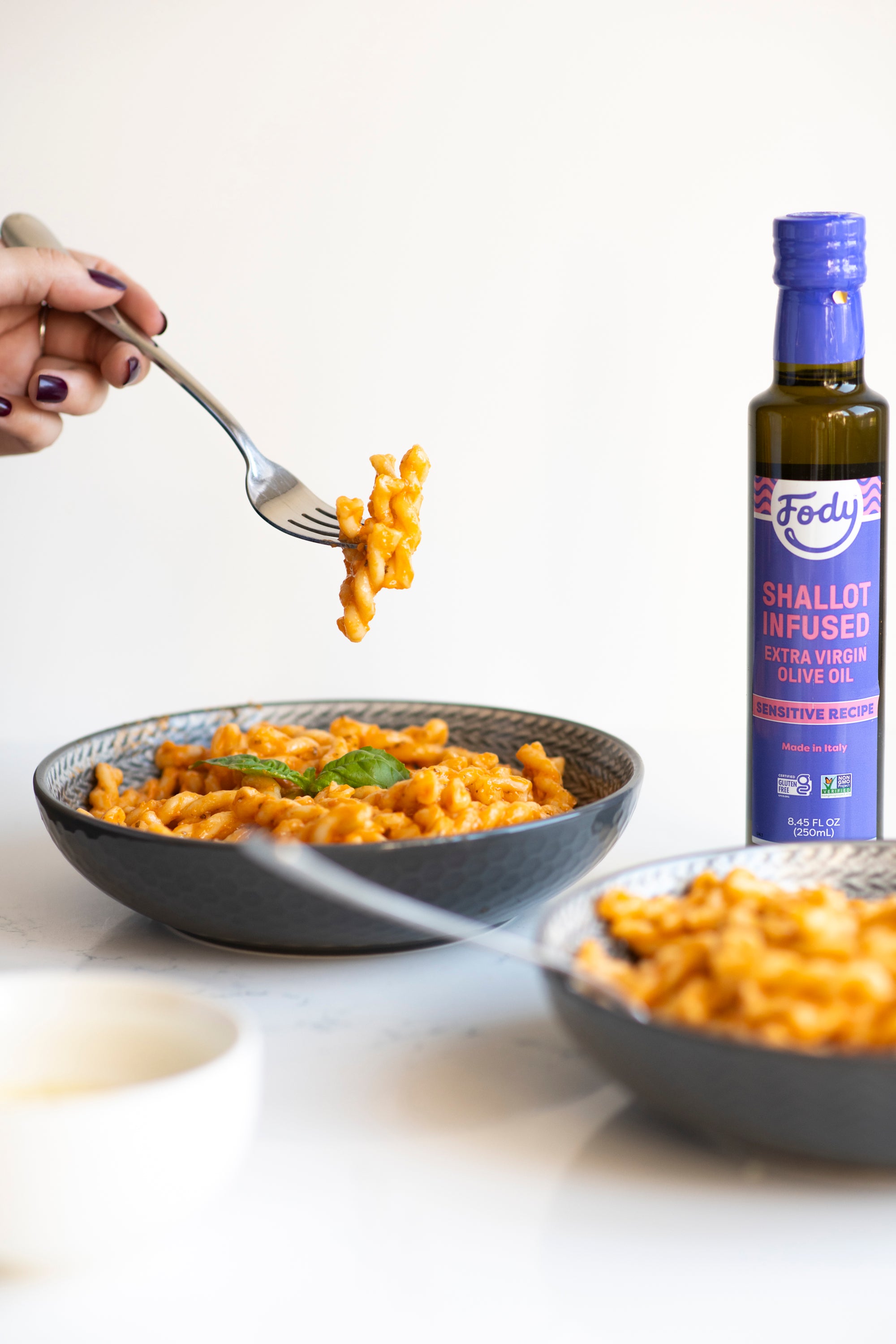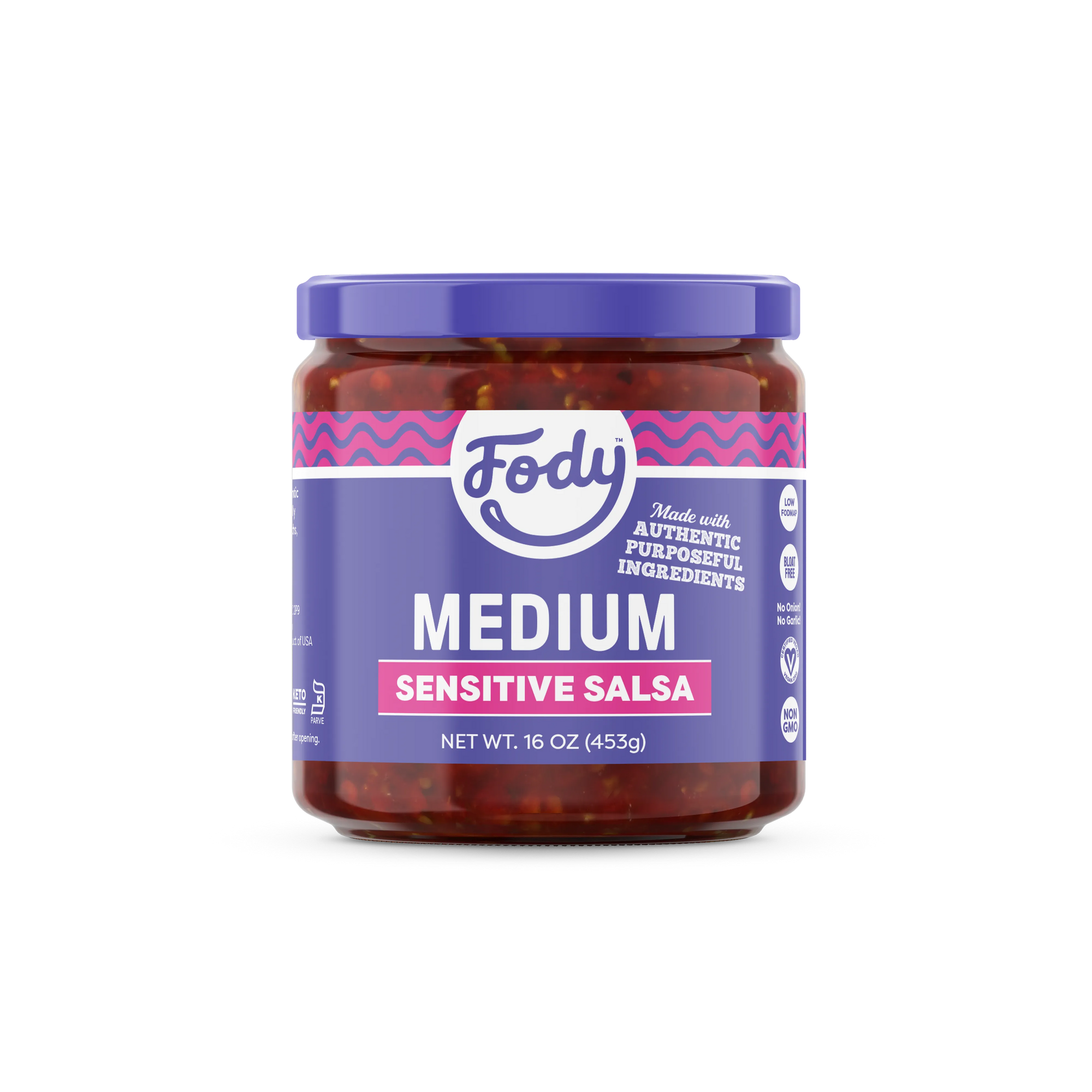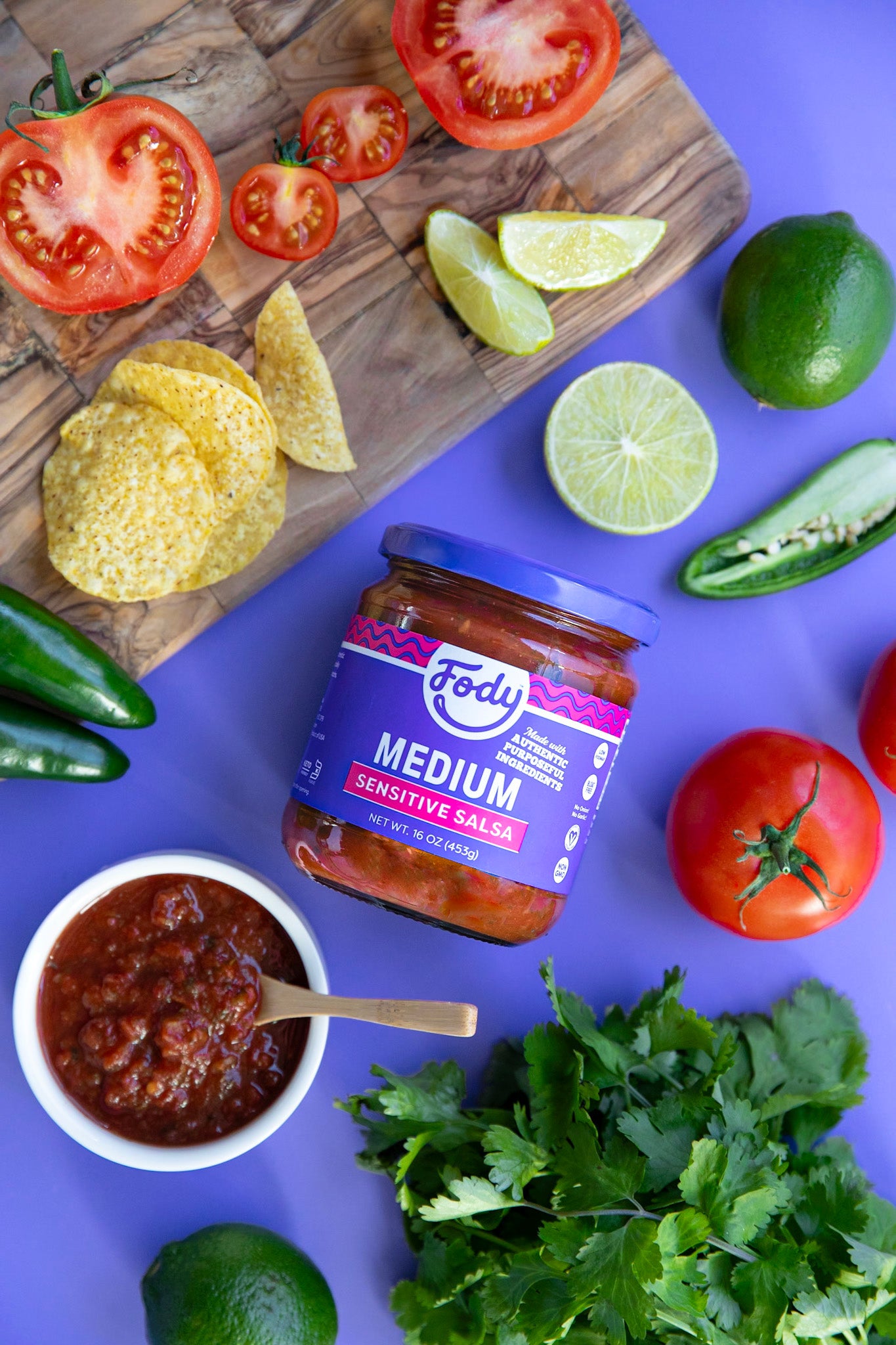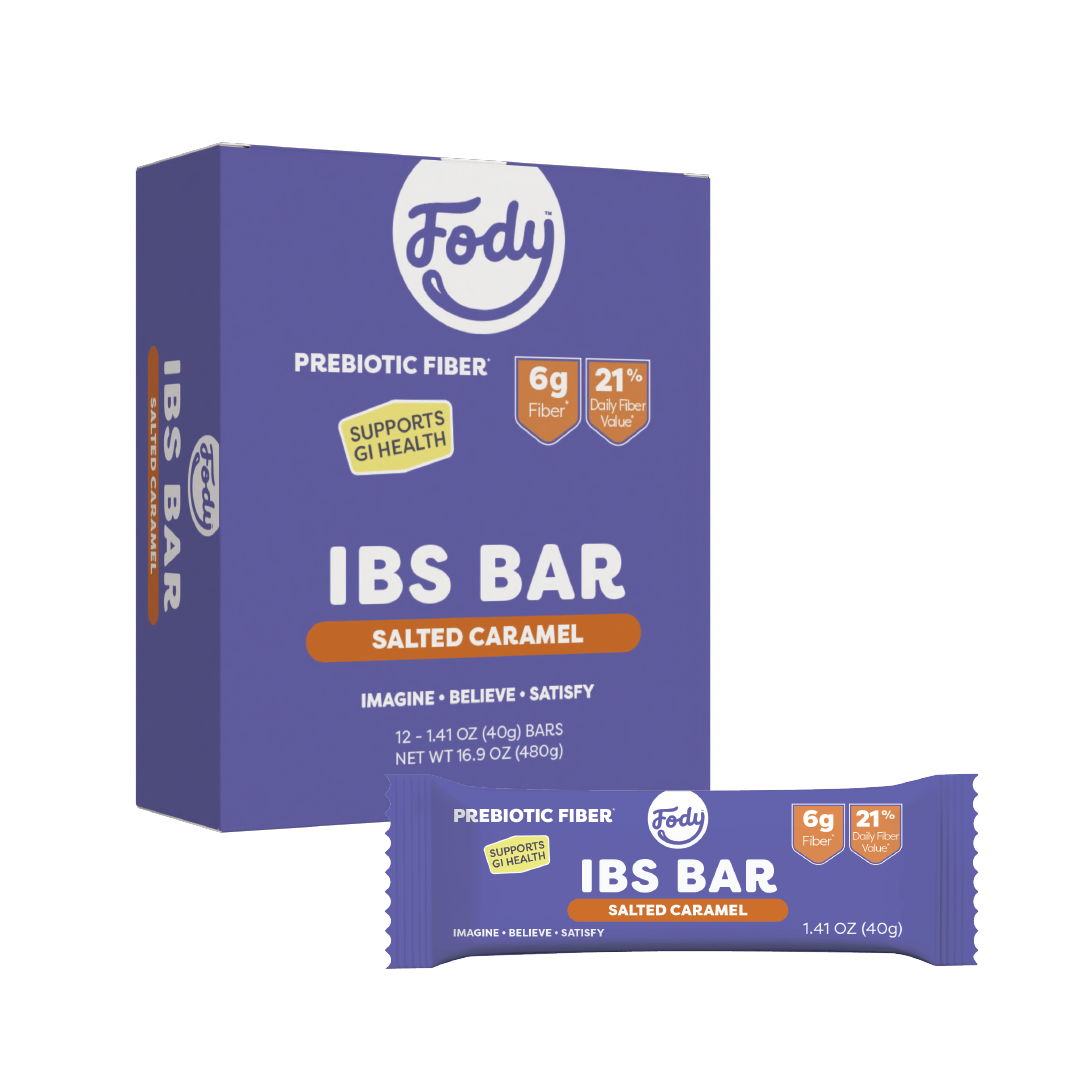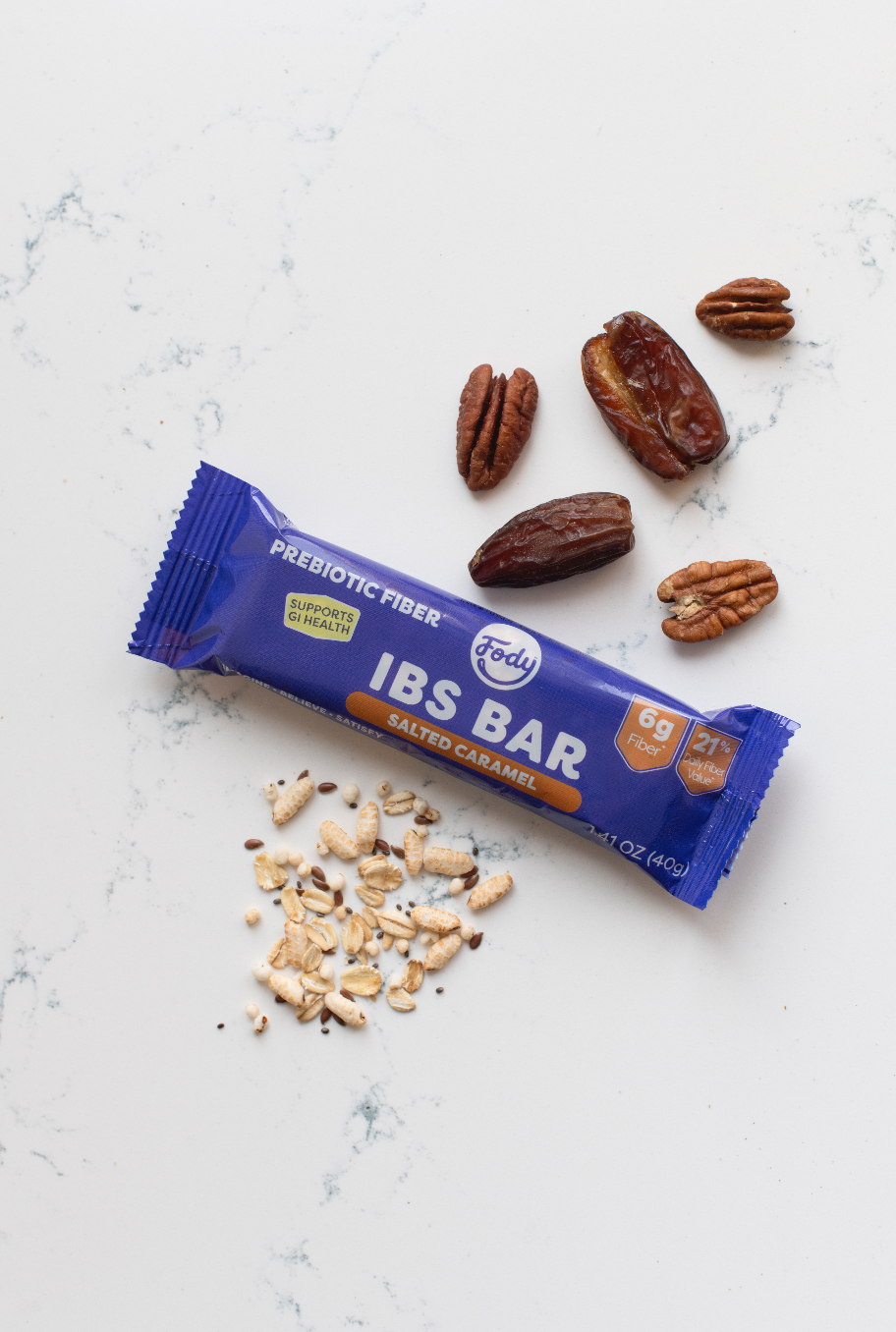

Understanding Low FODMAP Nutritional Guidelines
The Low FODMAP diet is a structured approach to eliminating and reducing FODMAPs in your diet. The Elimination phase is the strictest phase, aiming to eliminate FODMAPs in as focused a manner as possible. During the Challenge phase, you will re-introduce FODMAPs, one at a time, to Challenge your GI system to assess your own personal tolerances to each FODMAP and its representative foods.
The process can be confusing and we, along with the researchers from Monash University who developed the low FODMAP diet, recommend that you undertake the diet along with a registered dietitian and preferably one trained by Monash.
That said, you will be shopping and cooking on your own, and reading low FODMAP nutritional guideline labels is vital to following this diet effectively. We at FODY are in the business of creating Low FODMAP foods, such as Pasta Sauces, Salad Dressing, Seasonings and Soup bases, to name a few, to make your life easier.
Not all the prepared food products that you encounter in the store are certified as Low FODMAP - so how do you tell what is Low FODMAP and safe for you to eat?
For simplicity sake, we are going to talk about food that is safe for the Elimination phase. Understanding Low FODMAP nutritional guidelines will help you determine whether a food is safe to eat or not while undertaking the Elimination phase of the Low FODMAP diet.
Order of Ingredients: This is a general label reading tip. The ingredient listed first is in the greatest quantity in that product, and then the subsequent ingredients are in decreasing amounts as the list goes on. This is very important to pay attention to because you can have some high FODMAP ingredients in small amounts (see below).
High FODMAP Foods in Small Amounts: What do you do if you see a high FODMAP ingredient on an ingredient list, like honey, wheat or dairy? Don’t automatically put it back on the shelf! The Low FODMAP diet is very much about serving sizes. If honey, for instance, is way down on the ingredient list, there is a chance that you can tolerate it! You won’t know until you try.
This diet is different for everyone and ultimately how you react to a certain product is what counts. If you know that you can tolerate a little bit of fructose, then that honey-containing product might just be worth trying! (Monash has approved clover honey in 1/2 teaspoon amounts). We recommend, as always, to work with a registered dietitian as you undergo the different phases of the diet (including Reintrooduction)
When it Says “Less Than 2%”: On some ingredient labels you will see the words “less than 2%” near the end of the ingredient list and then one or more items are listed after. This means that these ingredients are indeed in quantities of less than 2% per serving and are not likely to create digestive issues for you.
Watch Out For The Following: Here is a brief list of some high FODMAP ingredients to steer clear of:
- Ingredients ending on -ol: Sugar alcohols such as mannitol, erythritol, xylitol, sorbitol and maltitol are polyols and should be avoided. They will often be found in diet and “sugar-free” candies, beverages and gum.
- Fruit juice and purées: The strawberry preserves on your shelf might be sweetened with fruit juice concentrates or purées, such as apple and pear which are high FODMAP.
- Do you see fructo-oligosaccharides (FOS), chicory root or inulin listed? These high FODMAP ingredients are added as thickeners and fiber to many foods from snack bars to shakes, granola and many other prepared products.
- HFCS or high fructose corn syrup: Do not confuse this with regular “corn syrup”, which is Low FODMAP and can be eaten in small amounts. HFCS, as the name suggests, has an unusually high fructose content and is high FODMAP.
Know Your “Spices”: When you peruse your Monash app you will see that many herbs and spices are A-O-K for us FODMAPers, but what if a label just says “spices” and doesn’t specify? Luckily for those buying U.S. products, the FDA does not allow garlic or onion to be hidden within “spices”, which means that at least we know in those instances that we are free and clear of those high FODMAP ingredients. Check with the laws in your country for specificity. In Canada, for instance, garlic or onion could be “hidden” within “spices”. Best case scenario is to avoid that product and/or call the manufacturer (but see caveat below).
Natural & Artificial Flavors: This gets tricky and it depends on where you live. Artificial flavors are lab-created and should pose no FODMAP issues. The same cannot be said for “natural flavors”, and, depending on what country you live in, there are different governing rules and regulations. In the U.S., the FDA allows garlic and onion (high FODMAP) to be hidden within “natural flavoring.”
We recommend calling the manufacturer and asking if the flavorings are derived from any garlic and/or onion source. You might get a very clear answer - but also be prepared for them to say that that is proprietary information that they refuse to share. Sad, but true.
Serving Sizes: And lastly, pay attention to serving sizes - but not necessarily the ones on the label! While a manufacturer might suggest 1/2 cup of something, or 5 ounces, or state that there are 2 servings per package, those are not necessarily the equivalent of a Low FODMAP serving. Use your Monash app to help you figure out serving sizes.
This is one great reason to shop for products that carry the Low FODMAP certification - such as all our FODY Low FODMAP food products!
So, what are you waiting for?
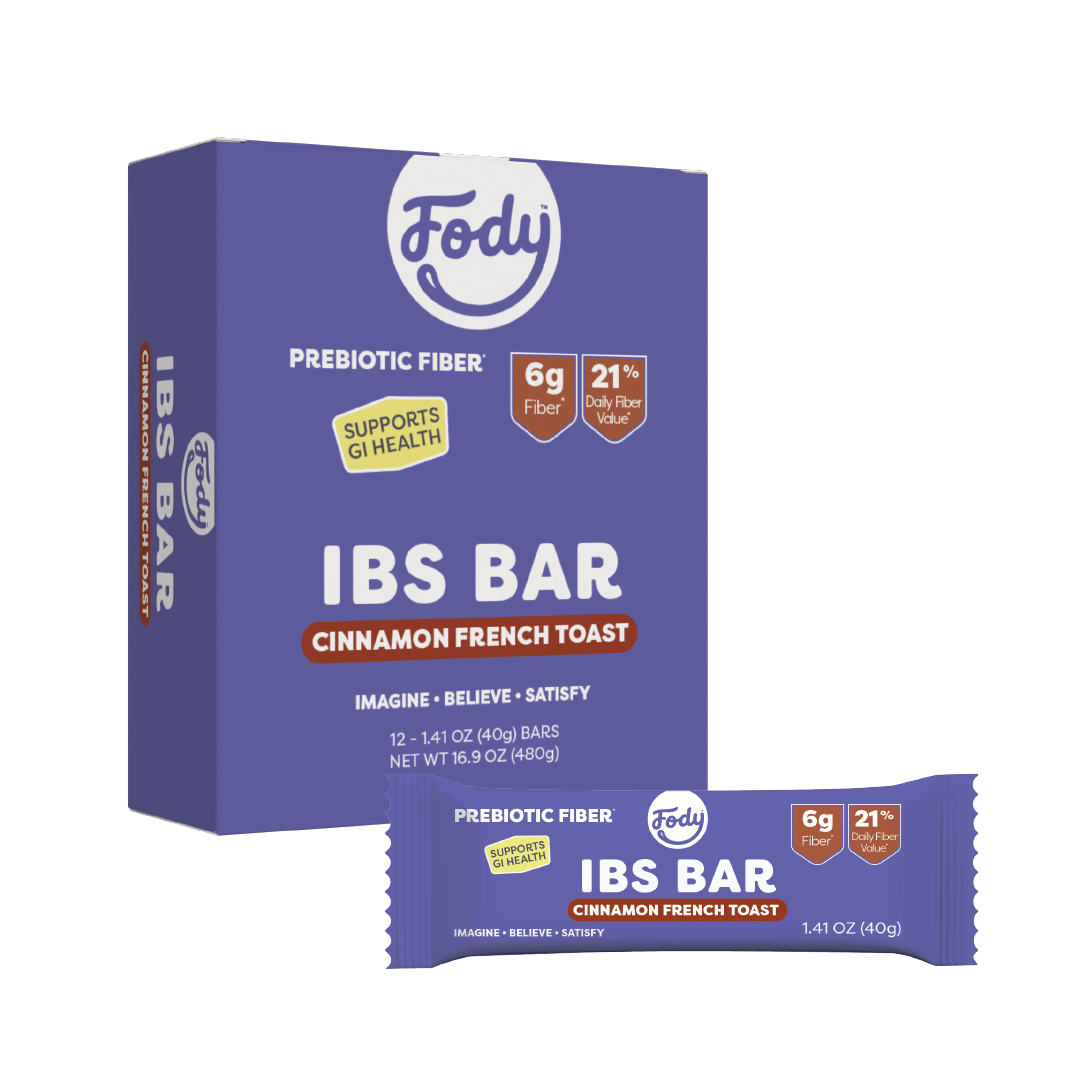
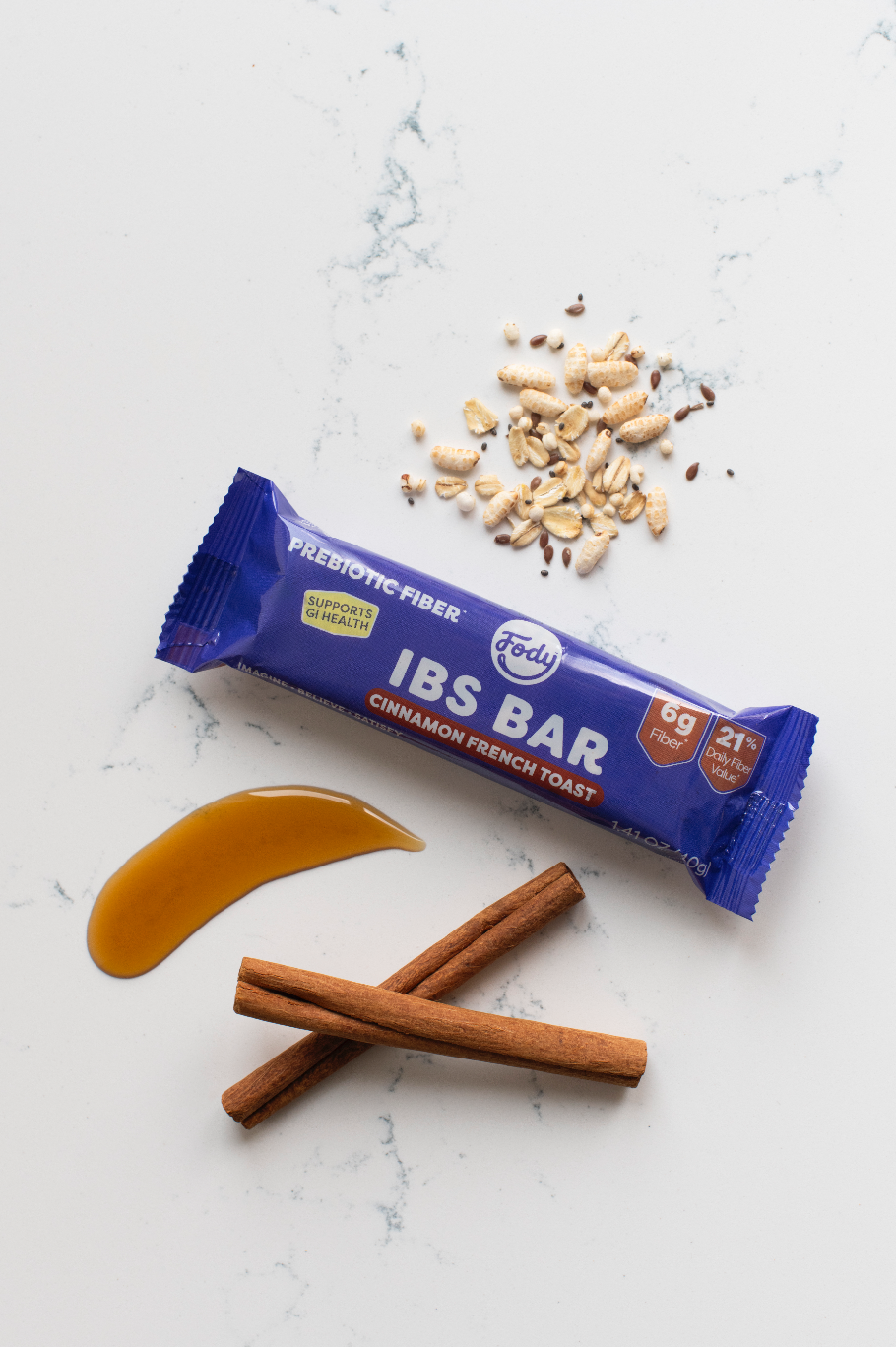 Cinnamon French Toast High Fiber Snack Bar - 12 Pack
Cinnamon French Toast High Fiber Snack Bar - 12 PackCinnamon French Toast High Fiber Snack Bar - 12 Pack
$29.99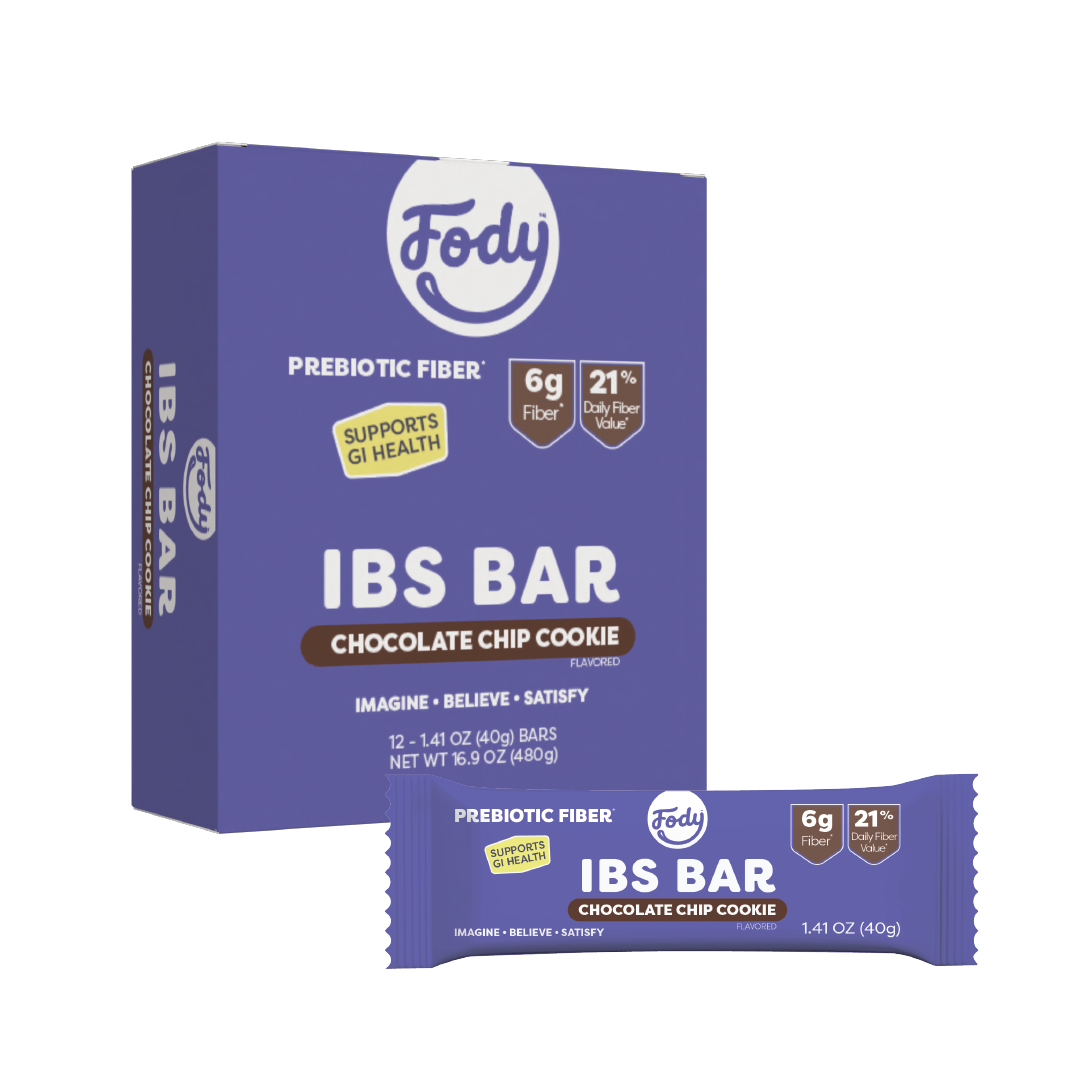
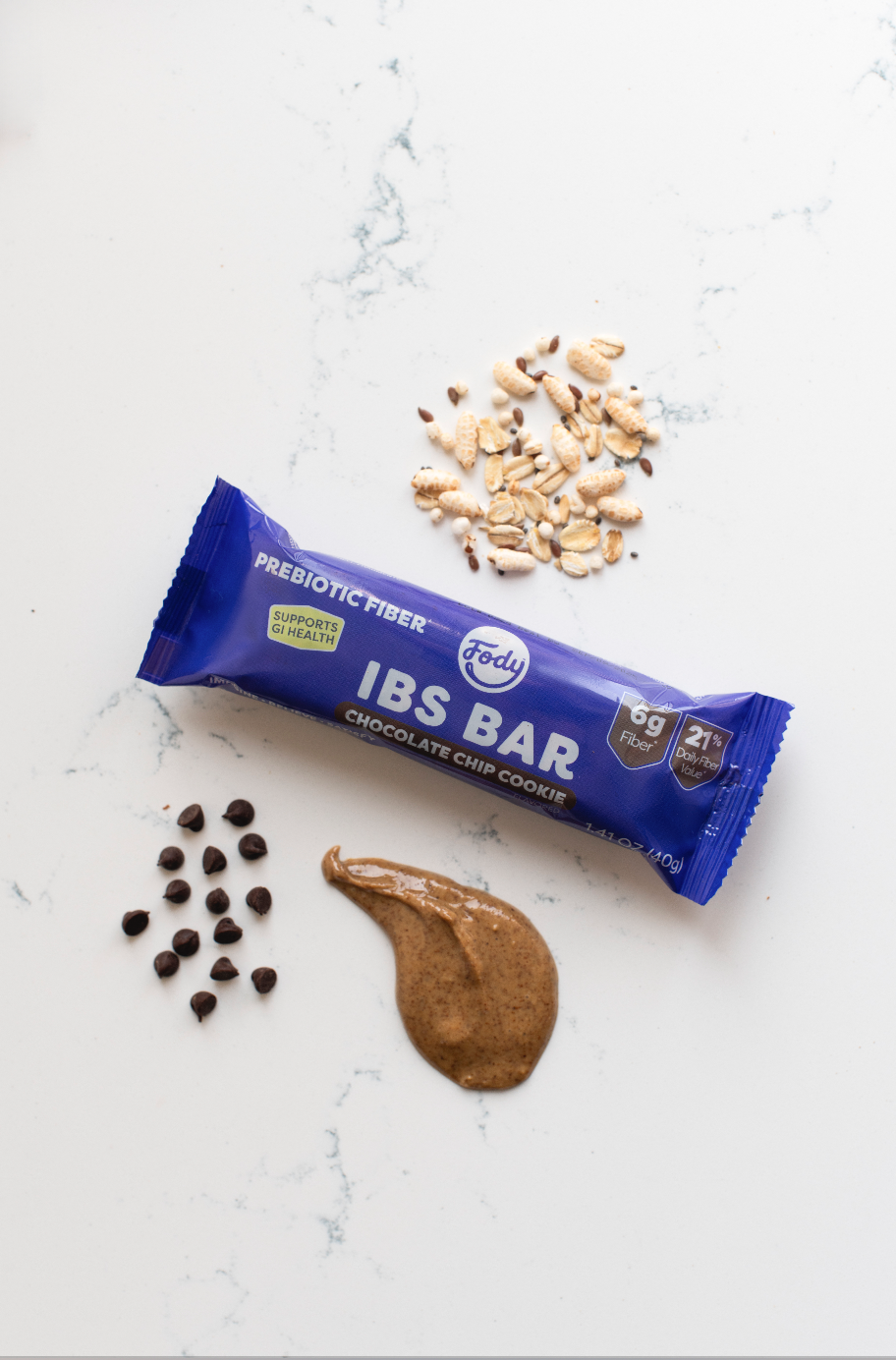 Chocolate Chip Cookie High Fiber Snack Bar - 12 Pack
Chocolate Chip Cookie High Fiber Snack Bar - 12 PackChocolate Chip Cookie High Fiber Snack Bar - 12 Pack
$29.99
